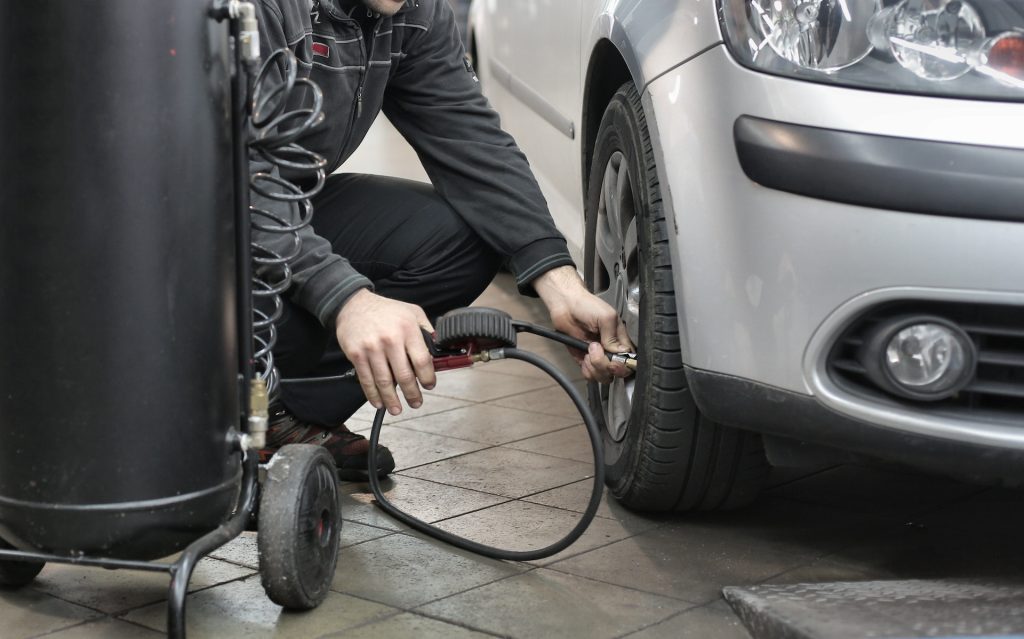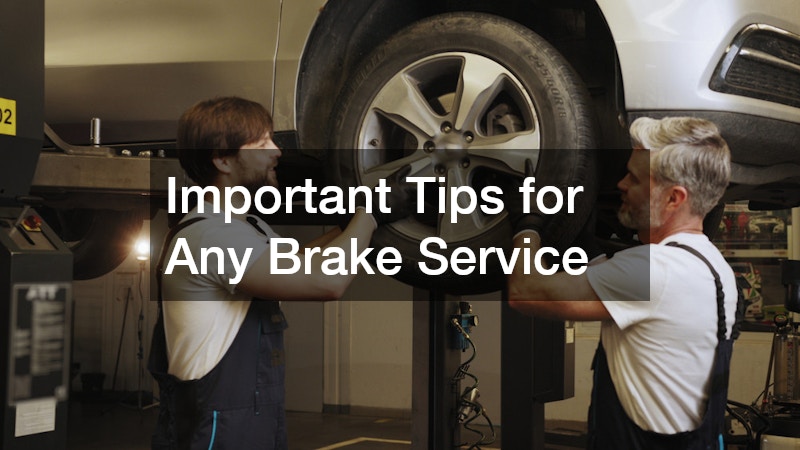Some cars still look good even decades after. Others run a bit less efficient even when it’s still new. Are the two different conditions connected to the make and model of the vehicle? Not always. More than likely, how a car ends up in terms of appearance and performance has a lot to do with how it was kept by the owner.
Basic car maintenance matters a great deal to the longevity of your vehicle. When you follow a car maintenance checklist, you also ensure its safety on the road. You get from point A to point B without wasting fuel or risking a break down during bad weather. Aside from those reasons, saving money on repairs is also a key benefit from ticking off everything on your car maintenance schedule checklist.
But how do you go about your maintenance checklist? What should you cover? Because not all auto components calls for frequent checks, your list of car maintenance must be broken down into frequency. In doing so, you save yourself time and never neglect parts that call for long-term checkups.
Car Care Checklist
Monthly
1. Engine oil
Oil changes and levels are important to the efficiency of your car’s engine. Motor oil lubricates moving parts, reducing wear and tear and preventing corrosion. Engine oil also filters debris. So it has multiple function, which is why it must be checked every month.
You want to be doing two things with motor oil: check the level and change according to the information on your owner’s manual. Oil changes for newer cars are not as frequent as they are on older vehicles; newer models don’t need a change until every 7,000 to 10,000 miles whereas older models may need oil changes every 3,000 miles.
2. The lights
Which lights? Check your headlights, parking lights and turn signals. This is probably the easiest maintenance you can do on your checklist. It’s also free, unless your checkup tells you your turn signals aren’t working.
Include the check engine light and tire pressure lights with your monthly vehicle maintenance checklist. When both are not functioning, bigger problems with your car may go unnoticed.
Every Quarter or Twice a Year

3. Transmission fluid
The transmission fluid must be checked to prevent damage or a costly replacement of the transmission. Like the engine oil, this fluid serves to lubricate moving parts. Some transmission fluid may need checking sooner in other models. So the best way to determine when to check yours is to, once again, go over the owner’s manual.
4. Brakes
Your brake system is important to keeping you safe and the efficiency of your vehicle on the road. So check the brake lights and brake pads, linings and rotors. Check for wear, like grooves or pits. For pads, a replacement may be necessary when it’s about 1/4 inches.
5. Battery performance check
The best way to save on car maintenance costs is to get ahead of issues before they create problems. So you’ll want to visually inspect your car’s battery. Lift the hood and check your battery for:
- Corrosion
- Dirt
- Broken or frayed cables
- Cracked case
- Pool of water
Batteries typically last for six years before you must replace them. But some batteries need a replacement sooner because you may live in a location with a harsh climate, use too many electronics in your car, or you’re doing more shorter-distance driving, which reduces long-term car battery power faster.
6. Engine air filter
An engine air filter plays an important role in keeping your engine running efficiently and ensuring its service life. You’ll want to check the filter, making sure it’s still white or off-white because that’s its original color.
So when it gets visibly dirty, replace the engine air filter. Usually it takes about a year, but read your owner’s manual to find out how often filter replacement is for your kind of vehicle.
7. The belts
A belt may not seem like a big deal for a car component, but they’re crucial to keeping your car running. Serpentine and timing belts power your vehicle’s power steering pump, alternator and air conditioner compressor. Cracks, signs of wear and tear and other issues that lead to failure may mean overheated engines, problems with your AC and damaged electrical charging system.
8. Hoses
The same goes for the vehicle’s hoses. You can do a visual inspection or listen closely for signs of hose issues. The hose, which connects the radiator to the extension tanks and to the pump and heater core. If the hose is damaged, expect heat damage and coolant leaks, among others.
9. Front and rear differential
The differential sends power to the tires. If you’re driving a four-wheel drive, you’ll have the front and rear differential; some vehicles also have a center differential. What do you do with this part. Make sure it’s lubricated.
10. Spark plugs
The efficiency of your car’s engine relies on the spark plugs. In some cases, an engine tune up would help check the state of your spark plugs and their wires. But sometimes, you’ll find out ahead of a scheduled tune up if these key engine components needs replacement.
Because these plugs take care of igniting the air and gas mixture of your vehicle, rough idling, stalling or rough riding will indicate that something’s wrong. Faulty plugs must be addressed before you go on any long road trips. For some vehicles, a check up is necessary after every 30,000 miles.
For tire tread depth, use the penny test. Put a penny between the shallow groove of the tread with Lincoln’s head upside down and facing you. If you’re only able to see the top of Lincoln’s head, a tire replacement may be necessary. If you can see his chin, nose and eyes, your tires are still good on the road.
11. Tire tread depth
Your vehicle’s tires bear the brunt of long drives and even worse, bad roads. Add some heavy load every time you get behind the wheel. and expect tire pressure and tread depth to go faster.
For proper tire inflation, check the pressure every month or before every long drive. Your tire pressure gauge should tell it needs more air; again, refer to your owner’s manual to know the proper pressure for your vehicle.
When you live in a colder climate or during winter, the pressure of tires drop to a pound per 10-degree decrease in pressure. So extra attention may be necessary.
Seasonal
12. Coolant level
Coolant or antifreeze levels are important for the maintenance of your engine or radiator. It lubricates the engine as well as lowers the freezing point of the liquid circulating in your vehicle. Low coolant levels, much like low oil levels, can cause engine problems. If you travel a lot and expect to go on a long road trip, levels must be checked every month. Otherwise, seasonal checks are OK.
13. Windshield wiper blades
You may not think much of your wiper blades until you notice visibility issues. Or that they fail to work when it’s pouring out. For people who live in harsher climates with below zero winters or frequent rain showers, this is a basic maintenance step done every six months.
Some people even install winter wiper blades, which provide better performance during icy and snowy conditions.





